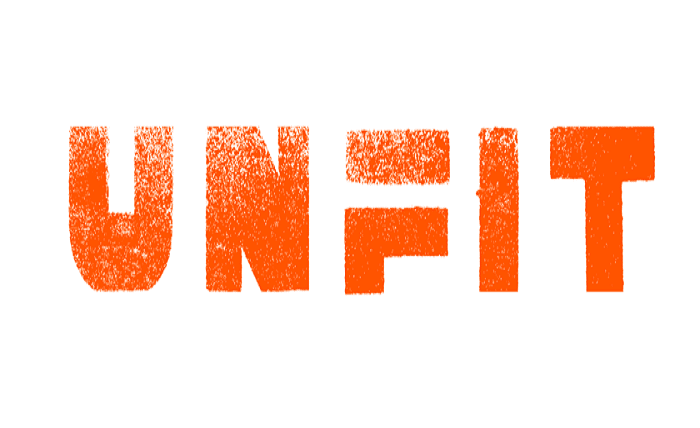
The term “unfit and improper persons” is used in various contexts, particularly in legal, business, and regulatory settings, to describe individuals deemed unsuitable for specific roles, responsibilities, or activities. This designation is often applied when a person’s actions, character, or conduct are found to violate ethical, legal, or professional standards. In governance, identifying “unfit and improper persons” ensures accountability, integrity, and public trust.
Legal Criteria for Determining Unfit and Improper Persons
Legal systems worldwide define “unfit and improper persons” through statutes and regulatory frameworks. Common criteria include criminal records, fraudulent activities, financial misconduct, and conflicts of interest. These factors are crucial in sectors like financial services, where trust and transparency are paramount. Legal evaluations of “unfit and improper persons” rely on evidence, ensuring that decisions are fair and based on objective standards.
The Role of “Unfit and Improper Persons” in Corporate Governance
In corporate governance, identifying “unfite and improper persons” protects stakeholders and ensures ethical decision-making. Directors, executives, and board members are often scrutinized for integrity and competence. Regulatory authorities may disqualify individuals who fail to meet these standards, emphasizing the importance of ethical leadership. This process safeguards organizations from reputational damage and legal risks.
How Financial Regulators Address “Unfit and Improper Persons”
Financial regulators, such as central banks and securities commissions, play a key role in addressing “unfit and improper persons.” They conduct background checks, assess qualifications, and monitor conduct to identify individuals who may pose risks to the financial system. By enforcing strict standards, regulators promote stability, protect consumers, and maintain public confidence in financial institutions.
Examples of “Unfit and Improper Persons” in History
History offers numerous examples of “unfit and improper persons” in positions of power. Cases of fraud, corruption, and unethical behavior have led to significant scandals, from corporate collapses to political upheavals. These examples highlight the importance of identifying and removing unfit individuals to prevent harm and ensure accountability.
Consequences of Being Labeled an “Unfit and Improper Person”
Being labeled as an “unfit and improper person” carries severe consequences, including professional disqualification, reputational damage, and legal penalties. In many industries, such individuals are barred from holding specific roles or engaging in regulated activities. This designation serves as a deterrent, encouraging adherence to ethical and professional standards.
The Role of Whistleblowers in Identifying “Unfit and Improper Persons”
Whistleblowers play a crucial role in exposing “unfit and improper persons” by bringing unethical or illegal activities to light. Their actions often lead to investigations, regulatory actions, and organizational reforms. Protecting whistleblowers from retaliation ensures they can continue to act as guardians of integrity and accountability.
Preventing “Unfit and Improper Persons” from Assuming Key Roles
Organizations can prevent “unfit and improper persons” from assuming key roles by implementing robust recruitment processes, including thorough background checks, due diligence, and ongoing performance assessments. These measures ensure that only qualified and ethical individuals are entrusted with critical responsibilities, fostering a culture of accountability.
The Impact of “Unfit and Improper Persons” on Organizational Reputation
“Unfit and improper persons” can have a devastating impact on organizational reputation. Their actions often lead to scandals, loss of public trust, and financial penalties. Organizations must act swiftly to address such issues, demonstrating commitment to ethical governance and minimizing reputational damage.
The Future of Addressing “Unfit and Improper Persons”
As societies and industries evolve, addressing “unfit and improper persons” will require innovative approaches. Technology, such as artificial intelligence and data analytics, can enhance the detection of unethical behavior. Strengthened regulations and global cooperation will also play a pivotal role in ensuring that individuals in positions of power uphold the highest standards of integrity.
Conclusion:
The concept of “unfit and improper persons” is central to promoting accountability, integrity, and trust in various sectors. By identifying and addressing such individuals, regulators, organizations, and societies can prevent harm, protect stakeholders, and ensure ethical governance. Ongoing vigilance and robust frameworks are essential to uphold these values and maintain public confidence.
FAQs:
1. What are the key traits of “unfit and improper persons”?
“Unfit and improper persons” are typically characterized by unethical behavior, criminal activities, or a lack of professional integrity.
2. How are “unfit and improper persons” identified in the financial sector?
Regulators use background checks, conduct assessments, and monitor behavior to identify such individuals in the financial industry.
3. What are the legal consequences of being labeled as “unfit and improper”?
Consequences include disqualification from specific roles, legal penalties, and potential bans from regulated activities.
4. How can organizations prevent “unfit and improper persons” from joining?
Organizations can implement due diligence, background checks, and ongoing evaluations to prevent unsuitable individuals from key roles.
5. What role do whistleblowers play in addressing “unfit and improper persons”?
Whistleblowers expose unethical behavior, triggering investigations and ensuring accountability within organizations.




